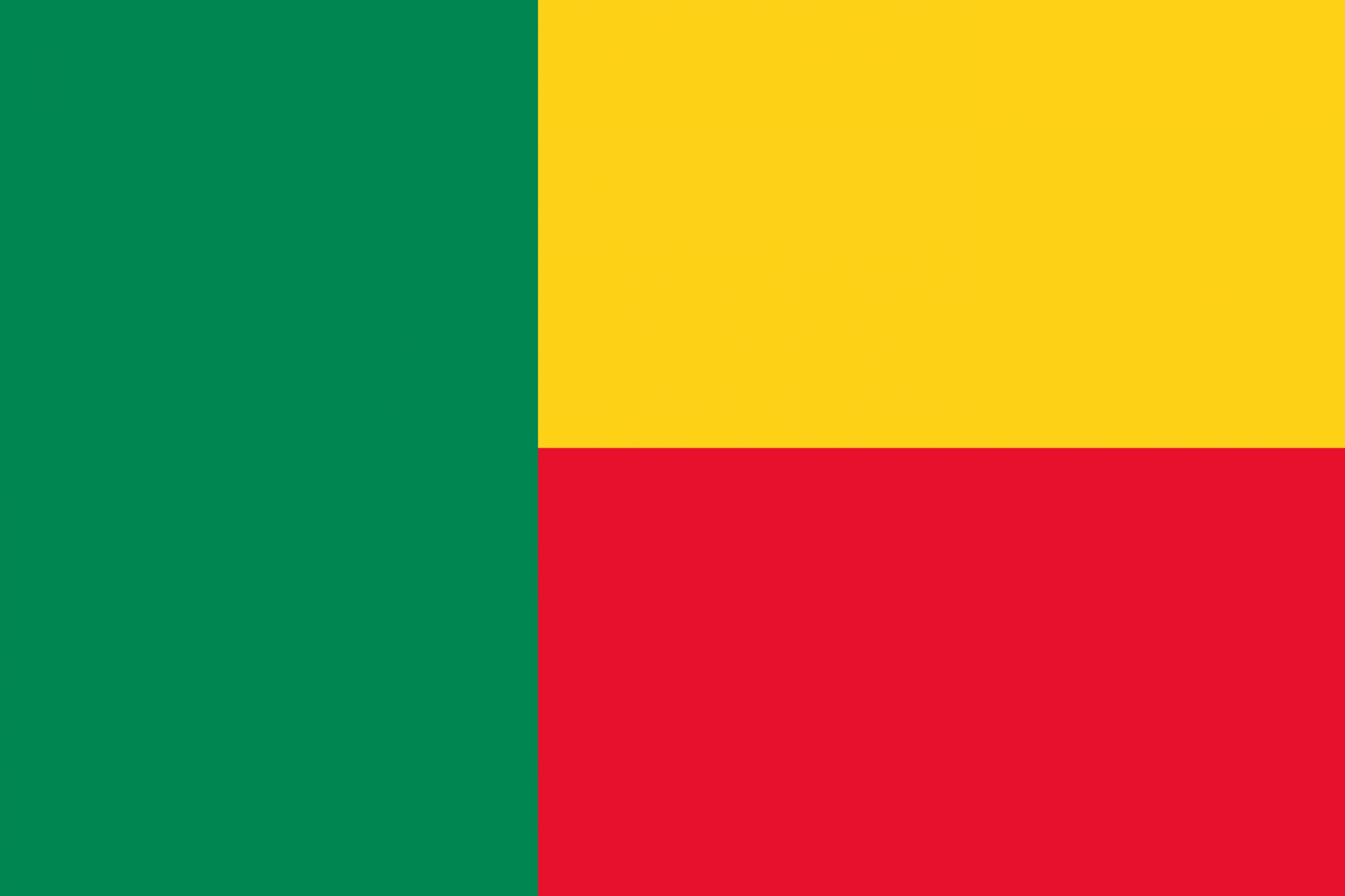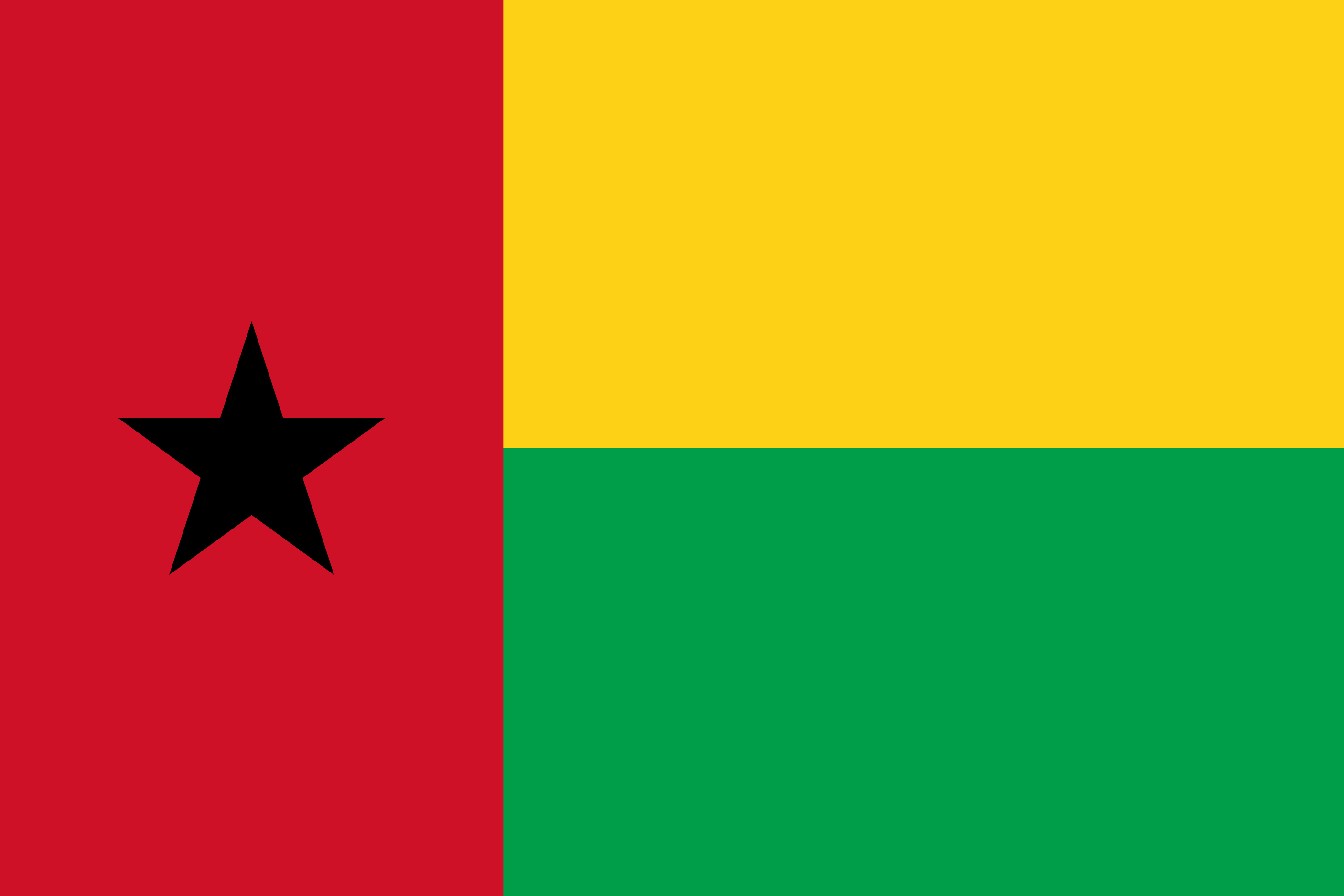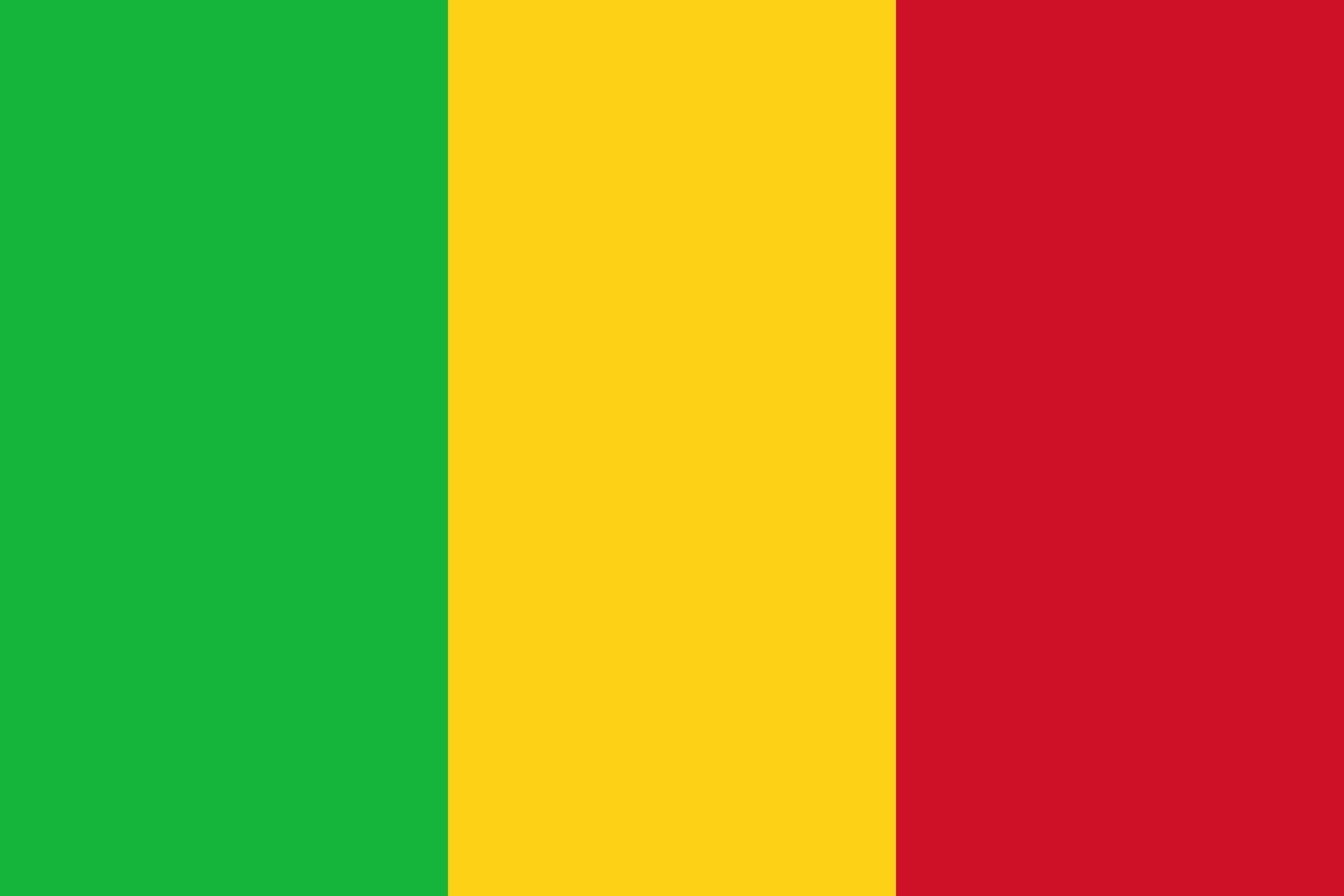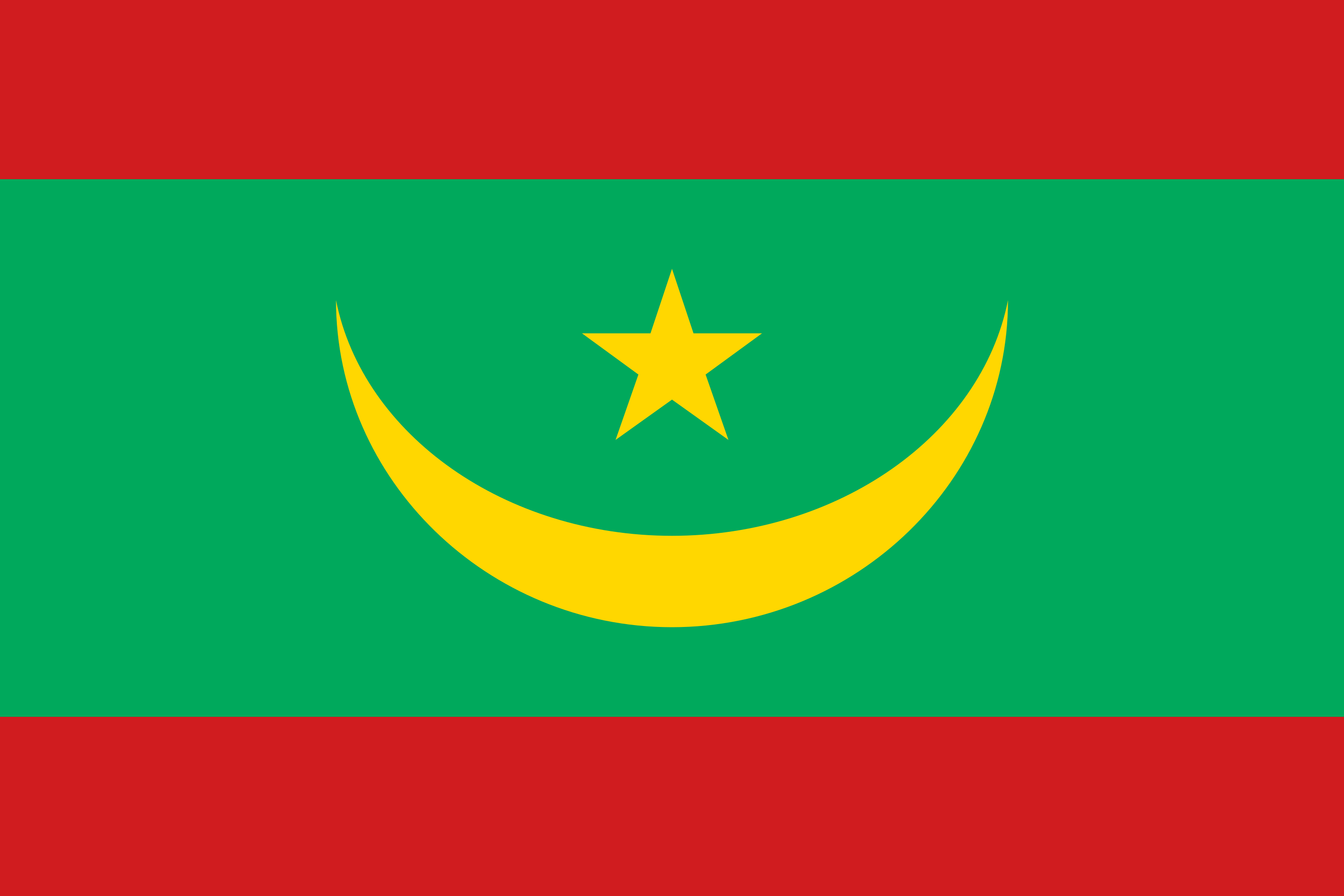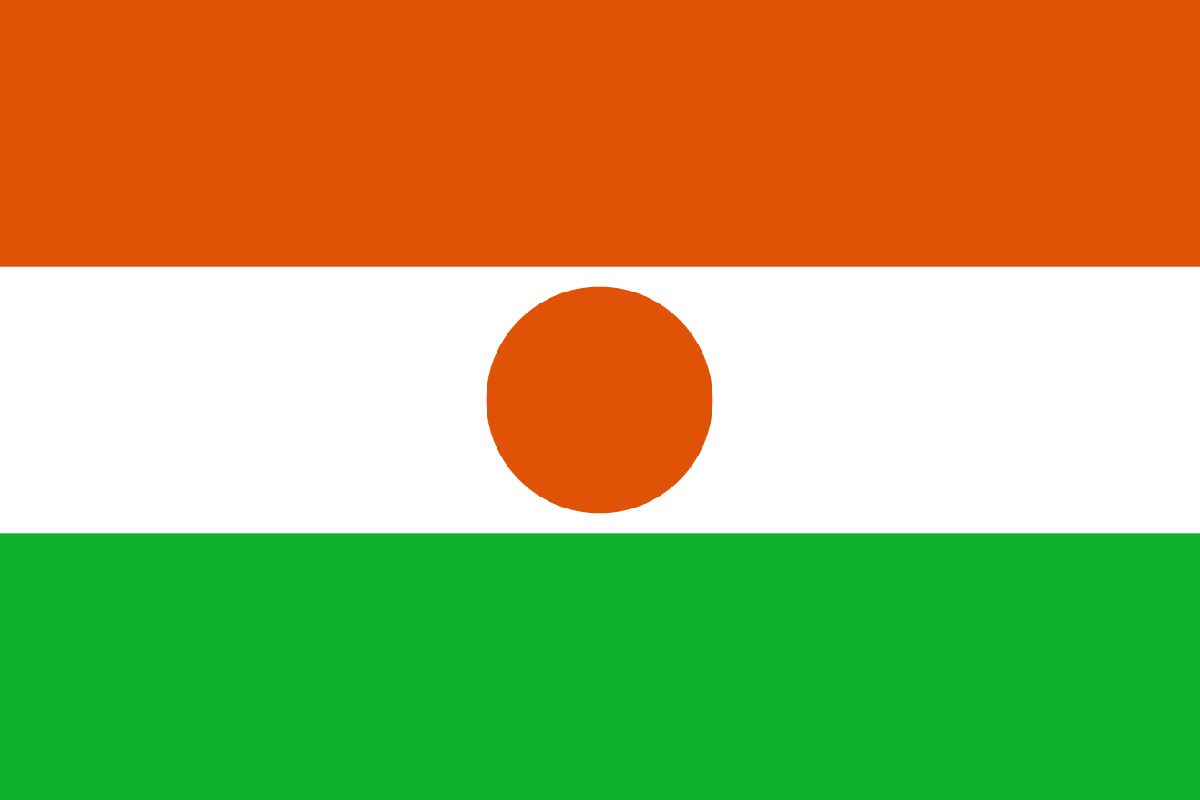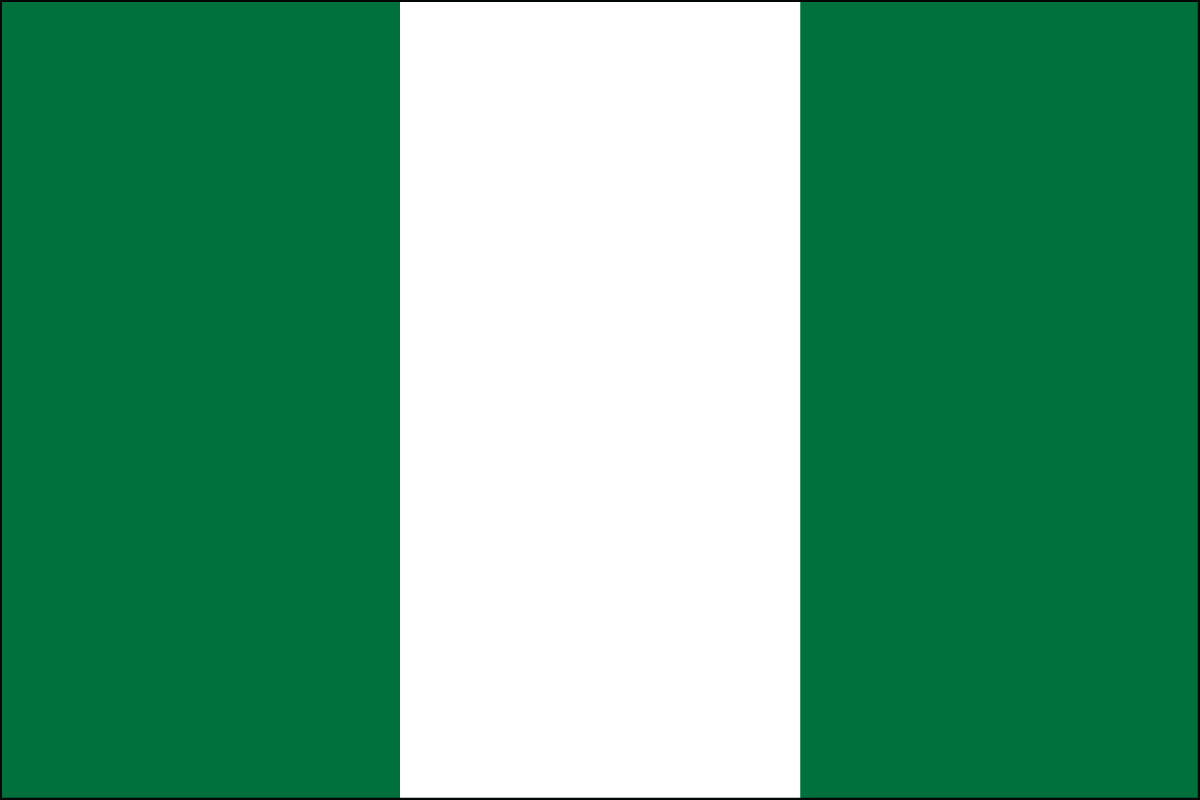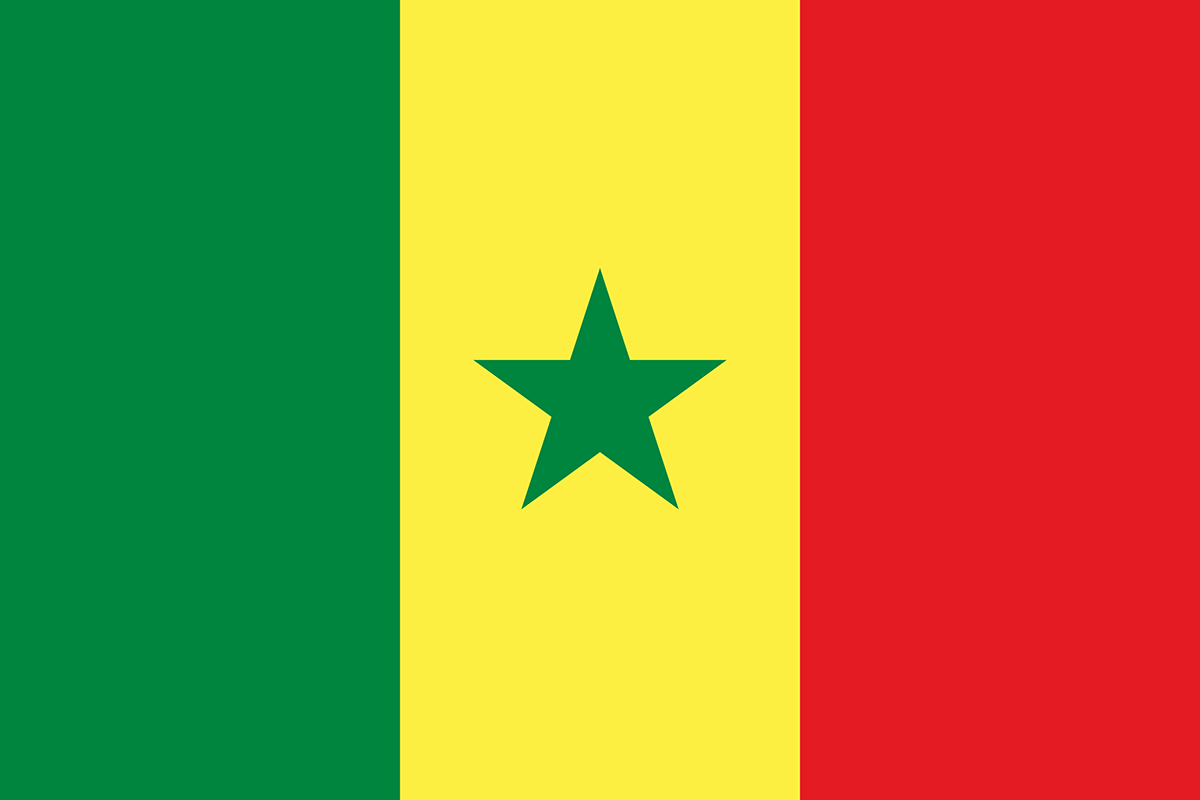Benin


Regulatory Agency: Autorité de Régulation des Communications Electroniques et de la Poste (ARCEP)
GDP – telecommunications share of GDP: Benin’s telecommunications sector contributed 4.7% of the GDP in 2020, up from 4.3% in 2019. The sector employs about 19,000 people and provides services to over 11.5 million subscribers.
Regulatory Journey and Evolution of the Industry: Benin’s telecommunications industry has undergone several reforms and developments since the liberalization of the sector in 1999. The main regulatory body is the Autorité de Régulation des Communications Electroniques et de la Poste (ARCEP), which oversees the licensing, regulation, and monitoring of telecommunications operators and service providers. The main policy framework is the Stratégie Nationale du Numérique 2019-2025 (SNN), which aims to promote the development and use of ICTs for socio-economic development. The main operators in the market are MTN, the leading mobile and fixed-line operator, Moov, the second-largest mobile operator, BBCom, the third-largest mobile operator, and Benin Telecoms, the state-owned fixed-line operator. The main services offered by the operators include voice, SMS, data, internet, and mobile money. In 2020, the government launched a project to deploy a national fiber optic backbone network, with the support of the World Bank and the African Development Bank, to improve broadband connectivity and reduce costs.
Benin has made significant progress in its digital transformation journey, especially in the areas of internet penetration and access, mobile connectivity, e-commerce growth, digital payments, ICT infrastructure, startups and innovation, digital skills and education, and government digital initiatives. Some of the key indicators that reflect the extent to which digital technologies facilitate economic, social and public (e-government) interactions are:
- Internet penetration: According to the latest data from the International Telecommunication Union (ITU), Benin had an internet penetration rate of 34% in 2020, up from 23.6% in 2015. This is slightly below the average of 39.3% for sub-Saharan Africa, but above the average of 28.5% for the least developed countries. The number of internet users in Benin increased from 2.6 million in 2015 to 4.7 million in 2020.³
- Mobile connectivity: According to the GSMA, Benin had a mobile penetration rate of 91.8% in 2020, up from 83.5% in 2015. This is above the average of 80.7% for sub-Saharan Africa, and 76.4% for the least developed countries. The number of mobile subscribers in Benin increased from 8.9 million in 2015 to 12.6 million in 2020. The mobile broadband penetration rate was 32.9% in 2020, up from 9.6% in 2015. The number of mobile broadband subscribers increased from 1.1 million in 2015 to 4.5 million in 2020.⁴
- E-commerce growth: According to the UNCTAD, Benin ranked 100th out of 152 countries in the 2019 B2C E-commerce Index, which measures the readiness of countries to engage in online commerce. This is an improvement from the rank of 108th in 2018. The index is based on four indicators: internet use, secure internet servers, credit card penetration, and postal reliability. Benin scored 36.6 out of 100 in 2019, up from 32.9 in 2018. The highest score was 95.9 for the Netherlands, and the lowest score was 8.1 for Chad.⁵
- Digital payments: According to the World Bank, Benin had a digital payments penetration rate of 37.9% in 2017, up from 12.5% in 2014. This is above the average of 34.2% for sub-Saharan Africa, and 28.4% for the least developed countries. The digital payments penetration rate measures the percentage of adults who made or received digital payments in the past year.
- Startups and innovation: According to the Global Innovation Index, Benin ranked 115th out of 131 countries in 2020, up from 117th in 2019. This is below the average of 96.8 for sub-Saharan Africa, and 101.7 for the least developed countries. The index is based on 80 indicators that measure the innovation performance of countries, such as institutions, human capital, infrastructure, market sophistication, business sophistication, knowledge and technology outputs, and creative outputs. Benin scored 23.3 out of 100 in 2020, up from 22.9 in 2019.
- Digital skills and education: According to the World Bank, Benin had a literacy rate of 45.8% in 2021, up from 38.4% in 2018. This is below the average of 65.4% for sub-Saharan Africa, and 62.7% for the least developed countries. The literacy rate measures the percentage of people aged 15 and above who can read and write. The highest rate was 100% for several countries, and the lowest rate was 12.8% for South Sudan. Benin has also launched several initiatives to promote digital skills and education, such as the Digital School Project, which aims to equip schools with computers and internet access, and the Benin Digital Campus, which offers online courses and certifications in various fields.
- Government digital initiatives: According to the UN E-Government Survey, Benin ranked 156th out of 193 countries in 2020, up from 165th in 2018. This is below the average of 139.6 for sub-Saharan Africa, and 143.9 for the least developed countries. The survey measures the e-government development of countries, based on three dimensions: online service delivery, telecommunication infrastructure, and human capital. Benin scored 0.3319 out of 1 in 2020, up from 0.2849 in 2018. The highest score was 0.9758 for Denmark, and the lowest score was 0.1055 for Somalia. Benin has also implemented several e-government initiatives, such as the secure data exchange platform, the citizen portal, the digital identity system, the e-tax system, the e-procurement system, and the e-health system.
- Capital: Porto-Novo
- Population: 13.7 million
- Urban Population: 47.9%
- Literacy Rate: 45.8%
- Area: 112,622 km²
- GDP: $17.14 billion
- Mobile Penetration: 91.8%
- Internet Penetration: 34.0%

